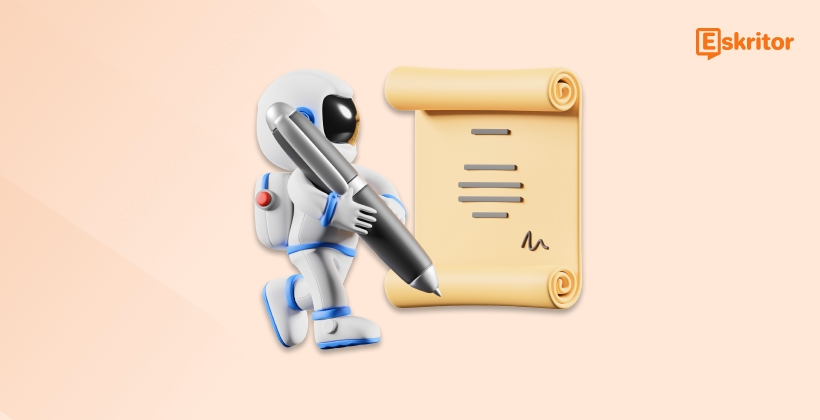Why AI Editing is Revolutionizing Proofreading
Why AI Editing is Revolutionizing Proofreading
Blog Article
Mastering Content with AI Editing Tools
As synthetic intelligence (AI) evolves, it continues to revolutionize how we approach contemporary modifying practices. From grammar correction instruments to sophisticated material technology systems, AI Editing is reshaping just how authors, editors, and creators improve their work. This website considers the role AI plays in contemporary modifying and the influence it's across industries.

AI-Powered Instruments Primary the Cost
AI-powered instruments are becoming an indispensable section of modifying workflows. Computer software fueled by natural language control (NLP) and device learning is able to do jobs like grammar checks, stylistic recommendations, and word restructuring with extraordinary pace and accuracy.
For instance, AI-based syntax pieces can identify problems that the eye might neglect, such as for example subject-verb contract problems or dropped modifiers. Equally, style changes developed by AI ensure that tone and flow arrange with the intended market, that is invaluable for skilled editors.
These tools are not just restricted to old-fashioned syntax corrections. They can handle improving readability, transforming inactive style to productive voice, and even paraphrasing whole paragraphs without changing the meaning.
Effectiveness Meets Time Savings
Studies show that the use of AI methods can minimize modifying time by around 30%. In place of poring around every phrase physically, editors can concentration their attempts on innovative and strategic elements of content. This change allows professionals to handle higher volumes of text in shorter intervals, which will be particularly useful for industries like writing and electronic marketing.
Moreover, predictive AI functions can highlight recurring mistakes, helping authors boost their skills around time. For agencies, this equals less assets spent on changes and more refined components from the start.
Enhancing Accessibility and Globalization
AI's role in modern editing runs beyond efficiency. Advanced translation and localization instruments allow creators to modify content easily for world wide audiences, breaking down language barriers with precision. That technology ensures that the same message may resonate with cultures world wide while keeping its authenticity.
AI also improves inclusivity standards by improving convenience in content. Like, methods may recognize perhaps non-inclusive language and suggest alternatives. This capability allows writers to improve writing so it resonates with diverse audiences.

Impressive a Balance Between AI and Human Imagination
While AI excels in rate and reliability, it does not replace human editors. Models frequently lack the capacity to read nuance, sensation, or ethnic situation fully. The perfect program combines AI's effectiveness with human imagination and understanding, causing really exemplary work.
By leveraging these systems in contemporary editing techniques, designers and publishers alike may create high-quality content that aligns with the fast-paced demands of today's electronic world. AI may be the potential of modifying, but the human feel can be needed for storytelling and connection. Report this page